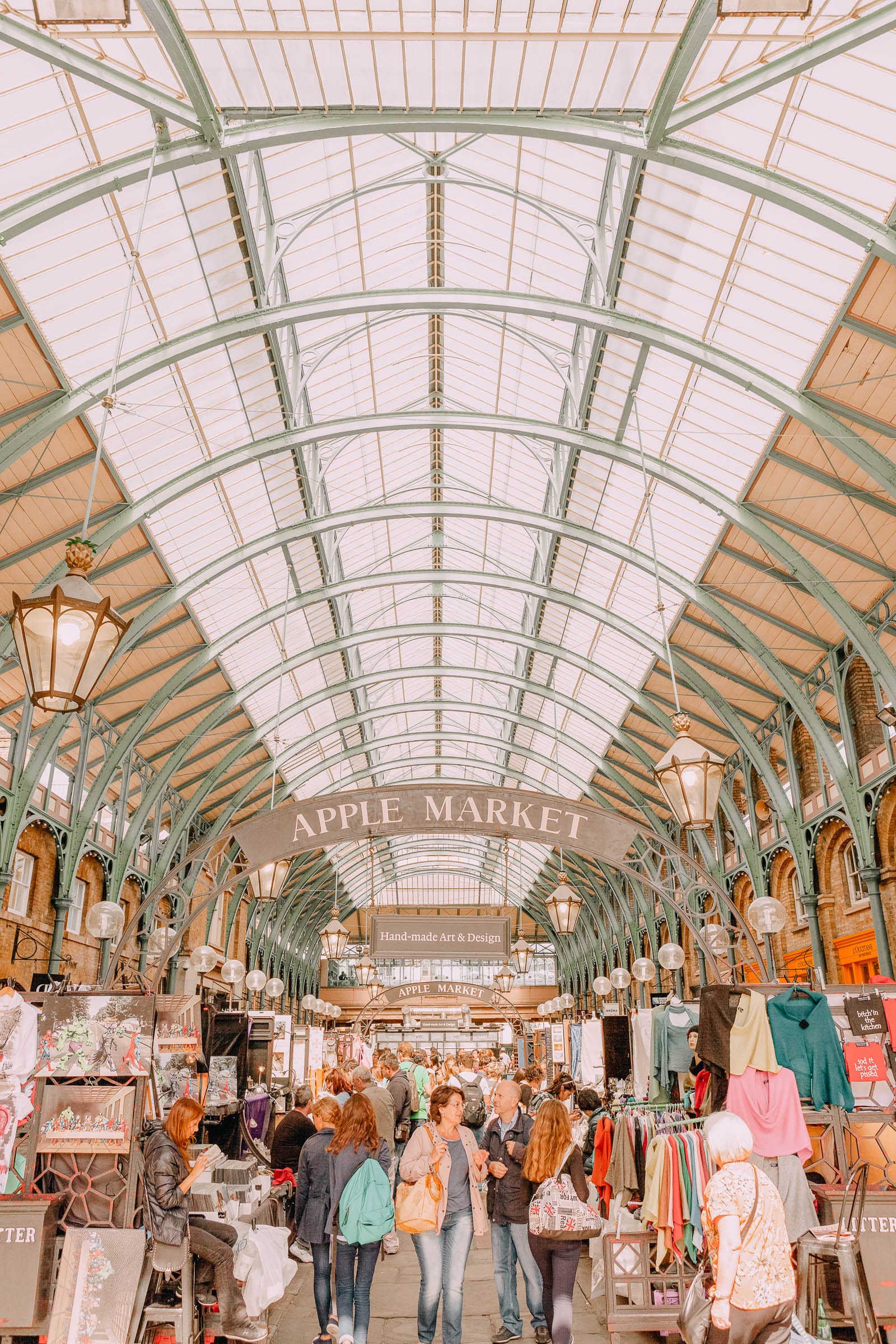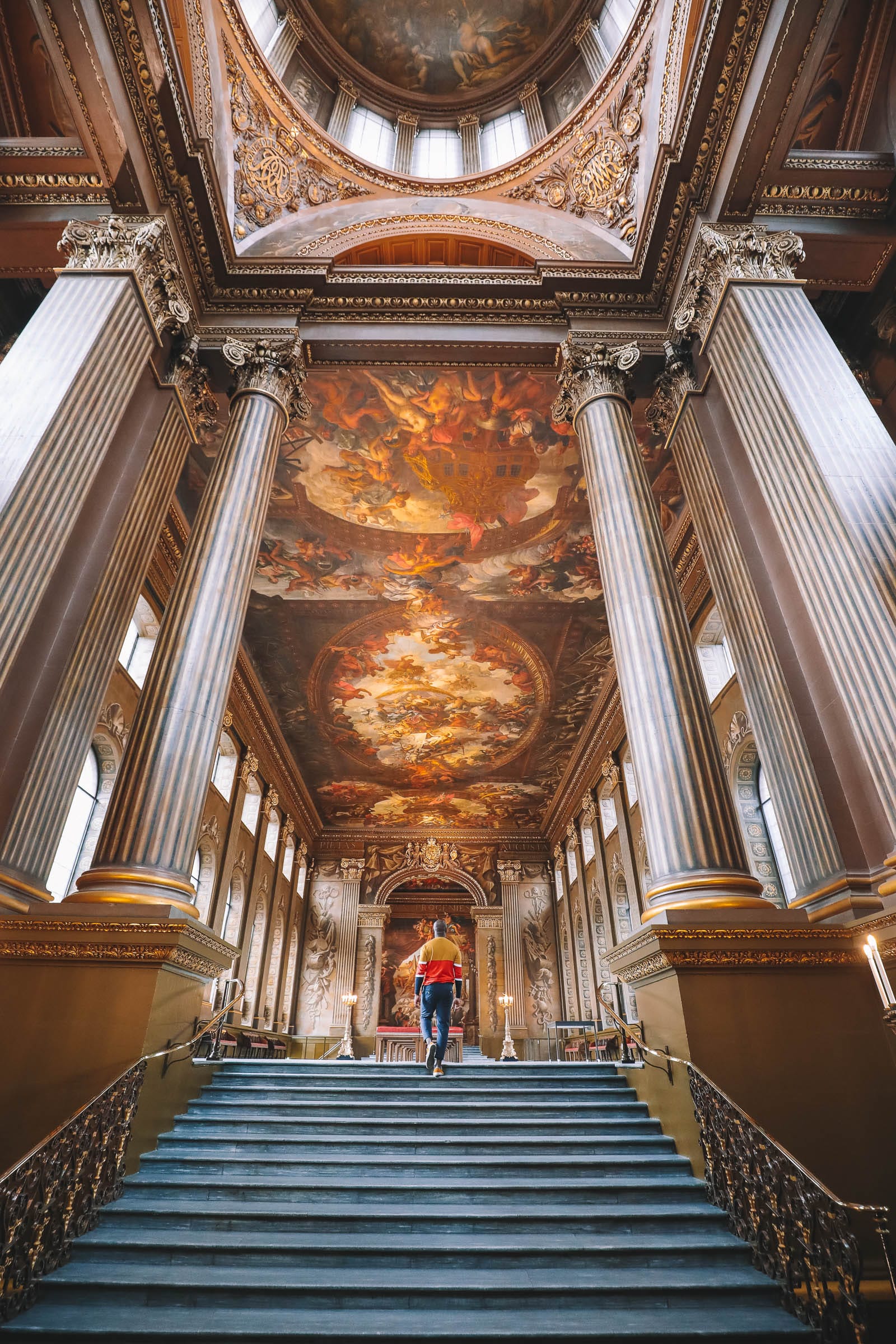Summary
- Val Rahmeh Botanical Garden
- Jean Cocteau Museum
- Salle des Mariages
- Saint-Michel Basilica
- Old Château Cemetery
- Plage des Sablettes
- Musée de Préhistoire Régionale
- Plage du Fossan
- Jardin Serre de la Madone
- Musée des Beaux-Arts
- Lemon Festival
- Herbin Confiturerie
- Église Russe de Menton
- Marché des Halles
- Food and Drink
During the Belle Époque, Europe’s aristocracy developed a strong affinity for Menton, the final French Riviera resort prior to entering Italy.
Queen Victoria visited in 1882, and the Imperial Russian expatriate community grew so significantly that they constructed their own place of worship.
This rich history remains palpable, with noteworthy sites including a cemetery housing the tombs of nobility situated atop a roost above the town, alongside a captivating botanical garden that adorns the mountains cascading into the sea.
The mountains are ideally suited for citrus cultivation, and Menton produces an abundance of oranges and lemons.
Consequently, every February, the Lemon Festival takes place, a prominent event that garners greater public interest than the Monaco Grand Prix.
Let us explore the premier attractions in Menton:
1. Val Rahmeh Botanical Garden

One might be hesitant to prioritize a botanical garden when considering a French Riviera destination.
However, Val Rahmeh represents a tranquil haven that has flourished in the slopes above Menton for over a century.
This garden serves as a living testament to an era when only the elite had the means to escape to the French Riviera.
Created by Lord Radcliffe, a former Governor of Malta, it utilizes Menton’s temperate microclimate to cultivate tropical and subtropical vegetation from Asia and South America.
Additionally, Lord Radcliffe had a particular fondness for tropical fruits, resulting in an abundance of kiwis, avocados, and bananas within Val Rahmeh.
Among the diverse species, the most unique is the toromiro tree, which is endemic to Easter Island but is now extinct in its natural habitat.
2. Jean Cocteau Museum

Jean Cocteau, a multifaceted artist, spent considerable time in Menton during the latter part of his life, and the city now possesses the world’s first and largest public collection of his works.
The museum was inaugurated in 2011, subsequent to the donation of a notable collection of 1,800 pieces by Cocteau expert Séverin Wunderman in 2003. This extensive assemblage constitutes the majority of the museum’s offerings, which encompass various forms of graphic art, film, and photography, predominantly captured during the making of the Testament of Orpheus.
3. Salle des Mariages

During the late 1950s, Jean Cocteau received complete artistic freedom for two years to embellish the Wedding Hall within the Hôtel de Ville in Menton.
Every element of the decor, from the faux-leopard rugs to the intricately fashioned wooden doors, furniture, and bronze candelabra, was crafted under his supervision.
Nonetheless, the vivid, symbolic murals inspired by ancient mythology are what truly captivate visitors.
While some murals include explanatory plaques, a comprehensive understanding is best achieved by attending a guided tour on Thursdays or obtaining an audio guide from the Town Hall’s reception.
4. Saint-Michel Basilica

Upon viewing the luxurious baroque architecture of the basilica, it becomes evident that Menton has historically exhibited a stronger Italian influence than French.
Commissioned by Honoré II of Monaco, the basilica’s construction extended into the 19th century, with subsequent architects adhering to the original baroque vision.
A visit to the basilica is most enjoyable in the morning hours prior to the day’s heat, as it necessitates ascending a series of winding stairs from the Promenade de la Mer.
For a more adventurous approach, consider traversing the narrow passageways and alleys leading up the hill from Rue Longue.
5. Old Château Cemetery

Situated even higher than the basilica is the location of Menton’s former medieval castle.
While the castle itself no longer exists, it has given way to a cemetery that offers breathtaking views of the city, the port, and the encroaching mountains.
This site serves as the final resting place for numerous affluent British and Russian visitors from the Belle Époque.
Among the notable burials here is William Webb Ellis, credited with the invention of rugby in the early 19th century after he famously picked up the ball during a football match.
6. Plage des Sablettes

Menton’s premier beach is a quaint cove located beneath the city’s basilica.
Les Sablettes is sheltered from the sea by the port and is flanked by extensive breakwaters.
While relaxing on this blend of pebbles and sand, one may gaze eastward towards the villas adorning the mountains and identify Mortola Point, where France transitions into Italy.
At Les Sablettes, visitors can access Palmes Beach, a diving and watersports facility that organizes excursions to approximately 30 diving sites in both French and Italian waters, featuring wrecks and remarkable drop-offs, as well as shallow coves suitable for beginners.
7. Musée de Préhistoire Régionale
Contrary to its name, Menton’s Museum of Prehistory encompasses numerous epochs regarding the region’s history.
For example, an engaging exhibit titled “Trésors d’épaves” explores the narrative of shipwrecks along this coastline, showcasing pottery, glassware, and weaponry retrieved from their underwater resting places.
The exhibit’s highlight is the “l’Homme de Menton”, the fossilized remains of an upper Paleolithic cave dweller (10,000 to 50,000 years old), discovered in the Cave of Cavillon in 1872. The original remains are housed in Paris, while this museum displays a complete cast of the individual.
Additionally, visitors will find models, artifacts, and reconstructions detailing regional traditional trades, such as olive pressing, lemon cultivation, and fishing.
8. Plage du Fossan

For convenience, the beach adjacent to Menton’s old town on Quai Général Leclerc de Hautecloque proves to be unparalleled.
Plage du Fossan stretches gently for nearly half a kilometer along the Baie de Soleil and provides both sandy and pebbly areas while maintaining a strict no smoking policy.
The sea exhibits a pale hue akin to Nice, and Fossan Plage is entirely free for public access.
However, should you seek shade, you will need to bring your own parasol.
Nevertheless, once the sun becomes overwhelming, one can always retreat under the swaying palm fronds in the park that lines the beach’s eastern edge.
9. Jardin Serre de la Madone

Spanning over nine hectares, this park, situated slightly inland from the coast, features terraced subtropical gardens surrounding tranquil reflecting pools, along with Mediterranean woodland characterized by umbrella pines.
Serre de la Madone was designed by the affluent American Lawrence Johnston, renowned for his work on a French garden at Hicote in Gloucestershire, England.
In the sheltered Gorbio Valley, blessed with ample sunshine, Johnston selected an optimal location for exotic flora to flourish.
Hedges and walls create distinct boundaries around each garden, showcasing bamboo, palms, succulents, and a diverse array of other global exotic plants.
10. Musée des Beaux-Arts
The opulent 18th-century Palais de Carnolès, a former summer residence of the Princes of Monaco, boasts a significant collection of art for a city of its size.
Much of this is attributed to Charles Wakefield Mori, a curator of the National Art Museum in Monaco, who graciously donated his personal modern art collection to Menton in 1959. The museum houses works by renowned artists such as Salvador Dalí, Chagall, Picasso, and Francis Picabia, alongside a stunning sculpture garden that opened within the palace gardens in 1994. This garden features modern and classical sculptures interspersed amidst a research garden showcasing 137 distinct species of citrus trees.
11. Lemon Festival

Menton has established itself as one of Europe’s major citrus producers since the 1400s. To experience the city’s profound appreciation for lemons, consider attending the Menton Lemon Festival in February.
This event attracts nearly as many visitors as the Nice Carnival, surpassing the Monaco Grand Prix, and spans almost three weeks.
Every Sunday, the streets of Menton are filled with vibrant festivities, featuring dance, musicians, lemon and orange mosaics, and parades of creatively crafted floats ten meters high, adorned with thousands of lemons and organized around a yearly theme.
Past themes have included “Tintin”, “Alice in Wonderland”, and “Around the World in 80 Days”, with the 2017 theme designated as “Broadway”.
12. Herbin Confiturerie

Located on an alley off Rue-Saint-Michel, visitors can gain insight into how the bountiful harvest of lemons and oranges is utilized.
Herbin Confiturerie is a family-run artisanal producer of jams and preserves, offering tours on Mondays, Wednesdays, and Fridays at 10:30 AM. The tradition of jam and marmalade making was introduced to Menton by English aristocrats, aligning perfectly with the region’s abundance of fruit each year.
Herbin processes around 400 kilograms of fruit daily to produce 1,500 distinctive jars, featuring unusual flavor profiles such as strawberry and basil.
The esteemed master jam-maker, Jean-Claude Bineau, personally guides visitors through the process.
13. Église Russe de Menton

Similar to other French resorts that attracted Russian aristocracy, Menton is home to a magnificent Russian Orthodox church constructed in the 1890s.
This church features the quintessential onion dome painted cobalt blue.
The interior showcases an impressive iconostasis crafted from Tuscan Carrara marble, with icons painted by Russian artist Karl Bryullov in the Byzantine style.
Adjoining the church is La Maison Russe, a grand four-story building set amidst lemon, orange, and palm gardens.
This establishment predated the church and functioned as a charitable institution for the ill and needy Russians residing on the French Riviera.
14. Marché des Halles

Proceed directly to the covered market hall located on Quai de Monleon for your grocery shopping or merely to enjoy the vibrant atmosphere.
Menton is renowned for the warmth and hospitality of its residents, so do not be surprised to receive a friendly greeting and generous samples from the vendors.
From Tuesday to Sunday, the market is abundant with selections of cheese, cured and fresh meats, fruits, vegetables, and pastries.
Additionally, delve deeper into Menton’s culinary traditions and acquire the city’s celebrated preserves and other citrus-based products.
15. Food and Drink

The culinary offerings in Menton are straightforward, highlighting the superior quality of local produce without an excess of embellishment.
The esteemed starter dish, salade niçoise, consists of tomatoes, peppers, onions, black olives, and your choice of anchovies or tuna.
Socca flatbread offers an equally simple delight; it comprises chickpea and flour combined with olive oil, then baked and seasoned with pepper.
Both dishes pair excellently with rosé wine from Provence.
Lastly, Pichade Mentonnaise is a unique culinary creation that may be unfamiliar to many.
This dish resembles a cheese-less variant of Italian pizza, topped with a thin coat of tomato and onion sauce and garnished with olives and anchovies, then baked in a hot oven.




